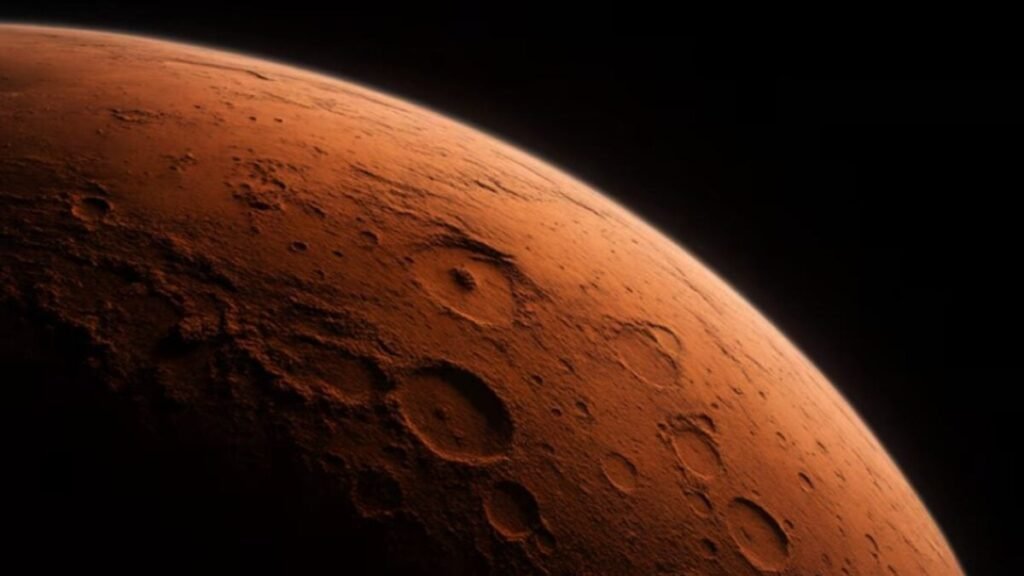Discovery of enigmatic mineral on Mars offers fresh perspectives on its volcanic and geothermal history

A Glimpse into the Martian Spectrum
The investigation began with an unexpected signal of 2,236 microns detected by the CRISM spectrometer on a NASA spacecraft orbiting Mars. This peculiar anomaly puzzled researchers for years, as no known mineral on Mars exhibited similar reflective properties. However, further analysis revealed that this signal held valuable information about ancient Martian thermal processes.
The Regions where Mars Keeps its Thermal Footprints
The enigmatic signal was pinpointed in two specific regions on Mars: Aram Chaos and the Juventae plateau, located within the Valles Marineris system. These areas, known for their geological complexity, exhibited distinctive spectral bands at 1.49, 1.83, 2.19, 2.37, 2.61, and 2.89 microns, in addition to the prominent peak at 2,236 microns. These spectral features provided crucial insights into the mineral composition of the Martian surface.
In Aram Chaos, the unique spectral pattern was associated with monohydrated sulfates, while in Juventae, it was linked to polyhydrated compounds. Researchers suggested that these variations reflected different thermal histories, shaped by volcanic activity and other geological processes that influenced the mineral composition.
How a Mineral Thermometer is Forged
To unravel the mystery behind these mineral signatures, scientists conducted laboratory experiments simulating early Martian conditions. By heating hydrated ferrous sulfates such as rozenite and szomolnokite in the presence of oxygen at temperatures ranging from 100 to 300°C, they successfully synthesized an orange solid compound resembling the mineral observed on Mars.
This groundbreaking discovery indicated that ancient Mars was not a dormant planet but a dynamic environment where localized thermal events triggered chemical transformations on its surface. The coexistence of salty water, heat, and oxygen in specific regions created favorable conditions for complex geochemical reactions, shedding light on the planet’s geological evolution.
The identification of ferric oxyhydroxysulfate as a key mineral marker opens new avenues for future Mars exploration missions. Advanced spacecraft and rovers could leverage these mineral signatures to pinpoint ancient geothermal hotspots where water and heat interacted over extended periods, offering valuable insights into Mars’ geological history and potential habitability.






